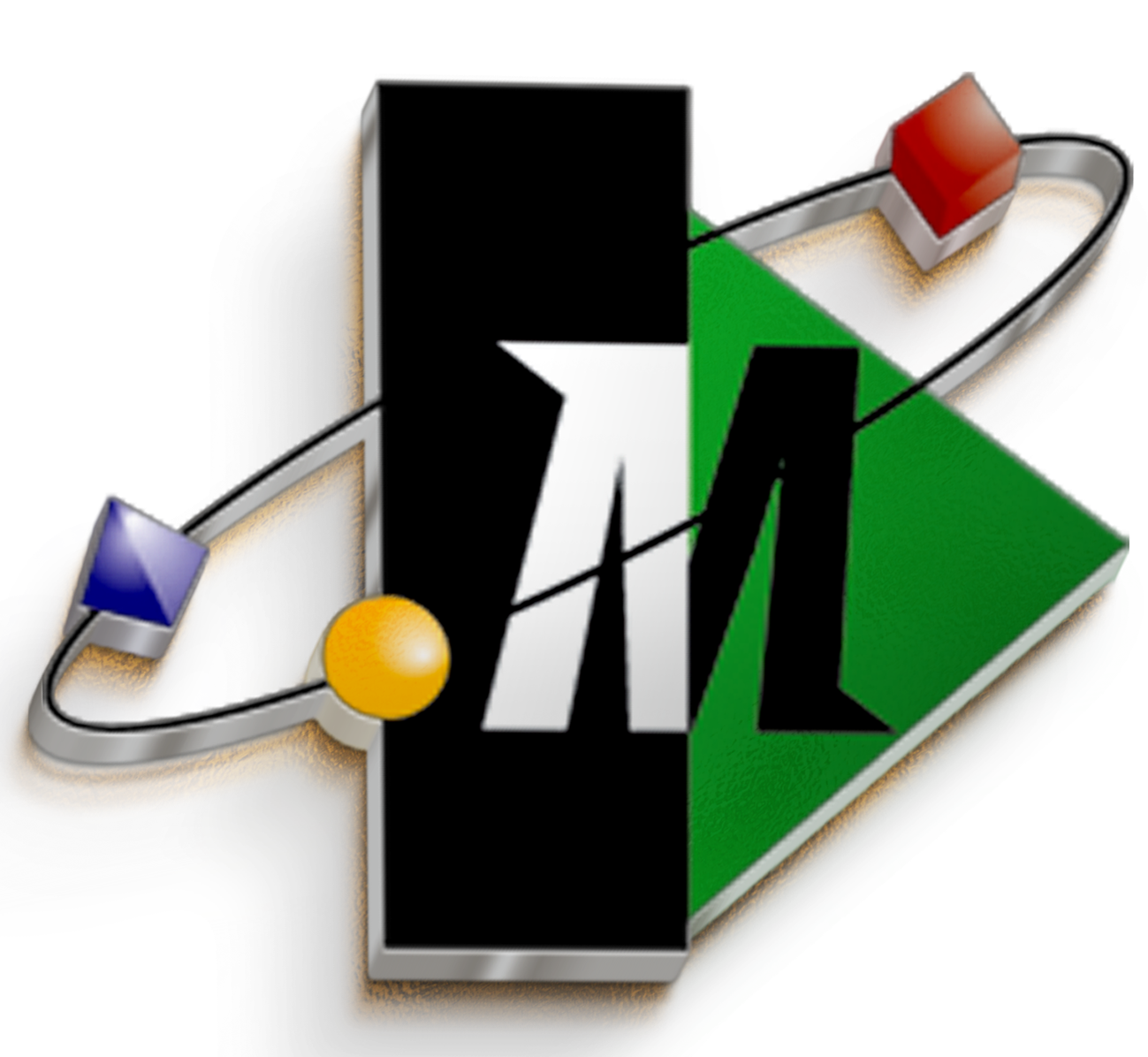Home / Information Eyeways
Information Eyeways
“Thinking in pictures approximates more closely to unconscious processes than does thinking in words, and is unquestionably older than the latter”
Sigmund Freud, The Ego And the Id
“Symbols are capable of revealing a modality of the real or a condition of the world which is not evident on the plane of immediate experience.”
Mercea Eliade, The Two and the One
Information Eyeways
The MM-Data Mining user interface displays real-time, multidimensional object data as a categorically arranged information landscape.
It uses submodalities (shape, color, luminance, motion, vectors, texture) to depict abstract information as a visual grammar that differentiates and integrates aspects of information. It increases one’s ability to assimilate many dimensions to the data in a broad and immediately comprehensible form, converting aspects of information into experiences our senses and mind can comprehend, analyze and act upon.
It transforms the act of acquiring knowledge from the information into an experience within a computer-generated environment, incorporating the computer less as a tool and more as a communications medium.
Information highways are really information eyeways.
Perception
Perception is our chief means of knowing and understanding the world; images are the mental pictures produced by this understanding. In perception as well as art, a meaningful whole is created by the relationship of the parts to each other. Our ability to see patterns in things and pull together parts into a meaningful whole is key to perception and thought. As we view our environment, we are actually performing the enormously complex feat of deriving meaning out of essentially separate and disparate sensory elements.
Perceptual scientists such as R.L. Gregory, suggest that the way we think abstractly may be directly and developmentally related to the way we perceive. The eye, unlike the camera, is not a mechanism for capturing images so much as it is a complex processing unit that detects change, form, and features and selectively prepares data for the brain to interpret. The image we perceive is a mental one, the result of gleaning what remains constant while the eye scans. As we survey our three-dimensional ambient environment, properties such as contour, texture, and regularity allow us to discriminate objects and see them as constant.
The work of researcher Anne Treisman suggests a two-stage process of processing visual information. She has identified primitives of movement, curve, tilt, color and line end, which belong to an automatic and unconscious stage called the pre-attentive stage. In the second stage, consciously focused attention, primitives are combined to form integrated objects. Irving Biederman’s research has focused on recognition of three-dimensional objects through analysis of basic volumetric components termed geons.

Geons are basic configurations-cylinders, cubes, bricks, flat topped pyramids and megaphones – which act as short-cut templates for perception. We recognize them as invariants within three-dimensional shapes, speeding up the perceptual process. Like cave art or New Yorker Magazine cartoons, which capture layers of meaning and nuance in a few drawn lines, the visual impact of geometric primitives derives from reducing experience to its essential character.
Human factors experiments indicate that people divide sensory information into small units called submodalities. Submodalities enable humans to compress meaning and significance into the smallest details our minds can represent. They are the quantum mechanics of experience: the smallest building block of thought in which one is able to assign specific intellectual and emotional meaning.
For instance, the submodalities of vision include color, brightness, form, movement, saturation and patterns. The submodalities of hearing are pitch, timbre, and melody. Describing jazz music as high and sweet; wine as having a light, fragrant bouquet are examples of understanding the smallest details of experience at the submodal level.

Cognition
How are humans capable of recognizing hundreds of faces and thousands of spoken words? What is our channel capacity when dealing with the visual or any other of our senses? How many distinct visual icons and orientations can humans accurately perceive? It is important to factor in these cognitive limitations when designing visualization systems that avoid delivering ambiguous or misleading information.
Categorization lays the foundation for a well-known cognitive technique: the chunking phenomena. How many chunks can you hang onto? That varies among people, but the typical range forms the title of a paper by psychologist George Miller, “The Magical Number Seven, Plus or Minus Two”. It’s as if the mind has room for only a limited number of items in the work space used for current problems. When you approach your limit, your brain collapses several items into one chunk to make more room. Acronyms are a form of chunking: making one word from many. A dictionary is a compendium of chunking over the centuries.
The process of reorganizing information into fewer chunks with more bits of information per chunk is known as recoding. We expand our comprehension abilities by reformatting problems into multiple dimensions or sequences of chunks, or by redefining the problem in a way that invokes relative judgment, followed by a second focus of attention.
Cognitive scientist George Kelly suggests that knowledge representation is based on a geometry of psychological space. Unlike the geometry of areas or of lines, there are no distances in this geometrically structured world. This psychological space represents a region in which we classify experience through dichotomies.
Dichotomies have differentiating and integrating functions through which humans intervene in their world. Dichotomies allow us to distinguish between and ascribe integrity to incidents that would otherwise be imperceptible because they are too highly fragmented or homogeneous.
Angles are represented by contingencies or overlapping frequencies of incidents. “…imagine a system of planes, each with two sides or aspects, slicing through a galaxy of events…”
Another cognitive researcher, Stevan Harnad, suggests that visual symbols are grounded in two types of nonsymbolic representation: Iconic Representations and Categorical Representations. Iconic Representations are the sensory projections of objects and events. Categorical Representations are learned and innate feature-detectors that distinguish object and event categories from their sensory projections.
Category Names serve as the atomic symbols for a third representational system, Symbolic Representations, which underlie language. Elementary symbols are used to name these object and event categories on the basis of their categorical representations. These symbols are then combined into strings expressing propositions about more abstract categories. These symbolic forms of representation makes it possible to name and describe our environment in terms of categories, their relationships and features.
At the most basic level of perception and at the highest levels of cognitive abstraction, variations in movement and affordance reveal the patterns and relationships that enable us to understand our environment and predict change.
Key to this process is analogy: our basic means of extending former experience into the future and of creating understandable images for others. Analogy through metaphor or symbol is not only the basis for perceptual learning but also the form of communication between the conscious and subconscious mind.
If perceptual theorists are correct that the development of vision led to strategic planned behavior and ultimately to abstract thinking, then visual perception is truly the gateway to advanced intelligence.
